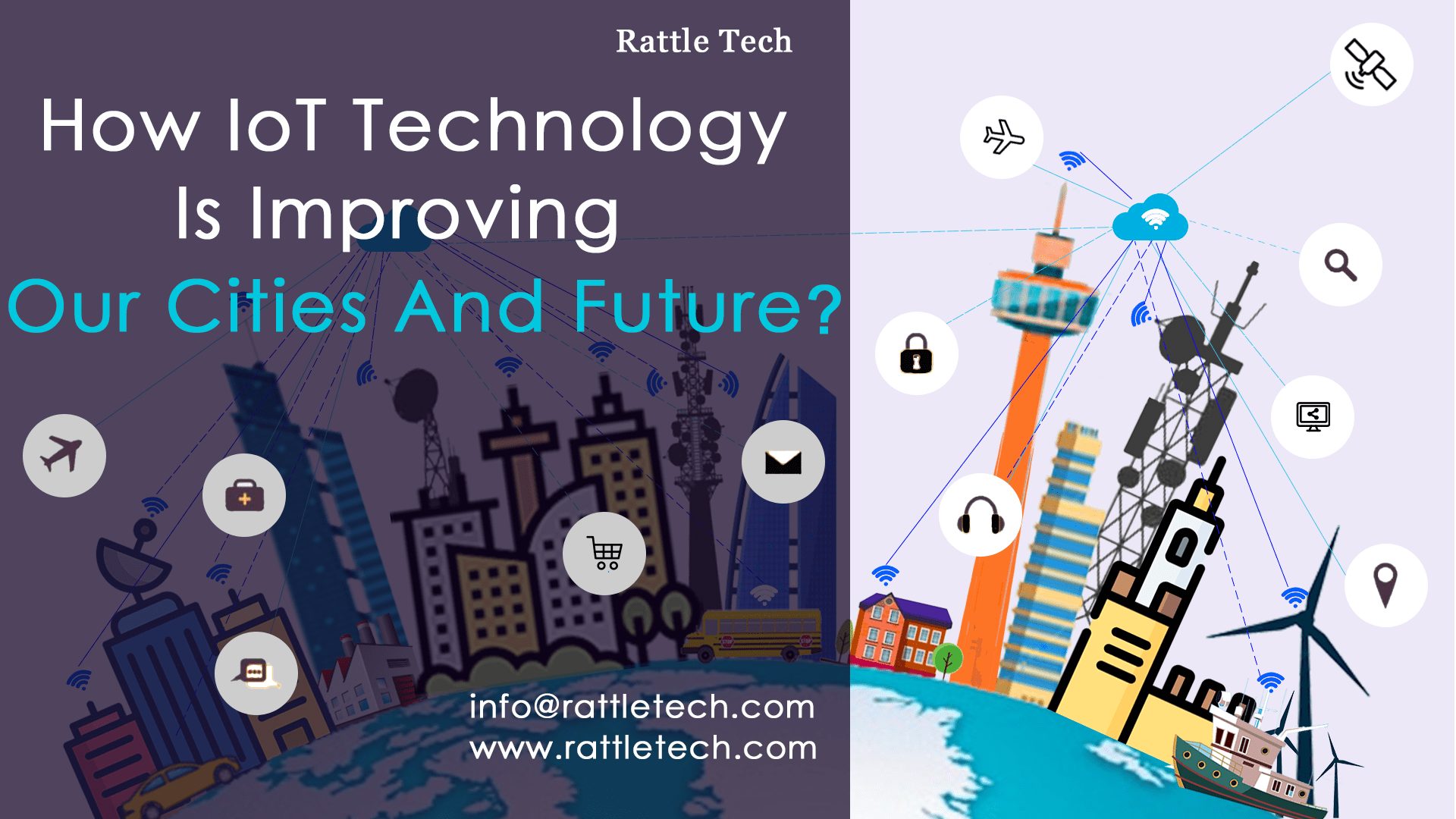
Smart city application secure data and It supports to make better decisions and improve the quality of life for everyone. Also, smart city application gives real-time data for governments and people the ability to watch events as they unfold, understand how demand patterns are changing, and respond with faster and lower-cost solutions.
How smart city application improves public safety?
Deploying a range of smart city applications to their maximum effect could potentially reduce fatalities (from homicide, road traffic, and fires) by 8 to 10 percent. In a high-crime city with a population of five million, this could mean saving up to 250 lives each year. Incidents of assault, robbery, burglary, and auto theft could be lowered by 35 to 45 percent. On top of these metrics are the incalculable benefits of giving residents freedom of movement and peace of mind.
Smart city technology is not a quick fix for crime, but agencies can use data to deploy scarce resources and personnel more effectively. Real-time crime mapping, for instance, utilizes statistical analysis to highlight patterns, while predictive policing goes a step further, anticipating crime to head off incidents before they occur. When incidents do occur, applications such as gunshot detection, smart surveillance, and home security systems can accelerate law-enforcement response. But data-driven policing has to be deployed in a way that protects civil liberties and avoids criminalizing specific neighborhoods or demographic groups.
Seconds count when lives are at stake, making speed critical for first responders in getting to the scene of emergencies. Smart systems can optimize call centers and field operations, while traffic-signal preemption gives emergency vehicles a clear driving path. These types of applications could cut emergency response times by 20 to 35 percent. A city with an already low response time of eight minutes could shave off almost two minutes. A city starting with an average response time of 45 minutes might be able to trim that by more than 15 minutes.
Smart-city application can make daily commutes faster and less frustrating
Tens of millions of people in cities worldwide begin and end every workday fuming in traffic or piling into overcrowded buses and trains. Improving the daily commute is critical to quality of life.
By 2025, cities that deploy smart-city applications have the potential to cut commuting times by 10 to 20 percent on average, with some people enjoying even larger reductions. The potential associated with each application is highly variable, depending on each city’s density, existing transit infrastructure, and commuting patterns. In a dense city with extensive transit, smart technologies could save the average commuter almost 10 minutes a day. In a developing city with more grueling commutes, the improvement might be 25 to 35 minutes every day.
In general, cities with extensive, well-used transit systems benefit from applications that streamline the experience for riders. Using digital signage or mobile apps to deliver real-time information about delays enables riders to adjust their routes on the fly. Installing IoT sensors on existing physical infrastructure can help crews fix problems before they turn into breakdowns and delays.
Applications that ease road congestion are more effective in cities where driving is prevalent or where buses are the primary mode of transit. Intelligent syncing of traffic signals has the potential to reduce average commutes by more than 5 percent in developing cities where most people travel by bus. Real-time navigation alerts drivers to delays and helps them choose the fastest route. Smart-parking apps point them directly to available spots, eliminating time spent fruitlessly circling city blocks.
Enhance citizens social connectedness
Establishing social channels for two-way communication between the public and local agencies could make city governments more responsive. Many city agencies maintain an active presence on social networks, and others have developed their own interactive citizen apps. In addition to disseminating information, these channels create vehicles for residents to report concerns, collect data, or weigh in on planning issues.
Final Words!
Smart cities make smart regions and lead to making smart nations. The ease of living, the boost in the economy, and the upliftment of the work environment are desires of any modern business today. Moving a business to a smart city is not a dream anymore; Look around, it is already happening.







